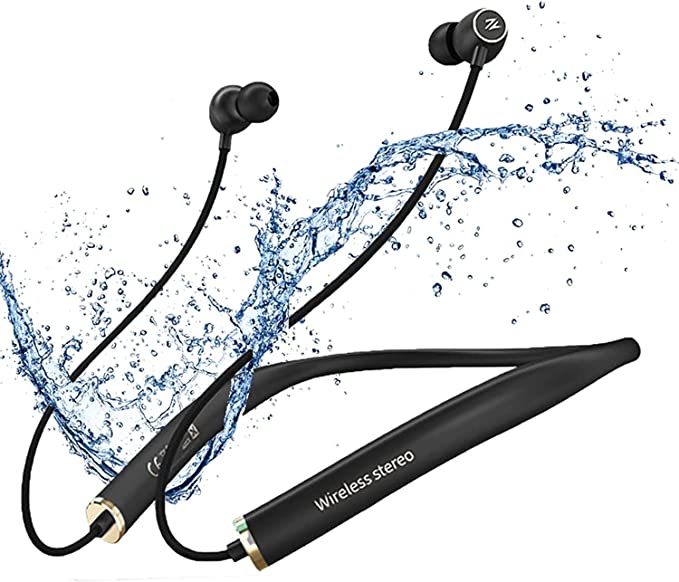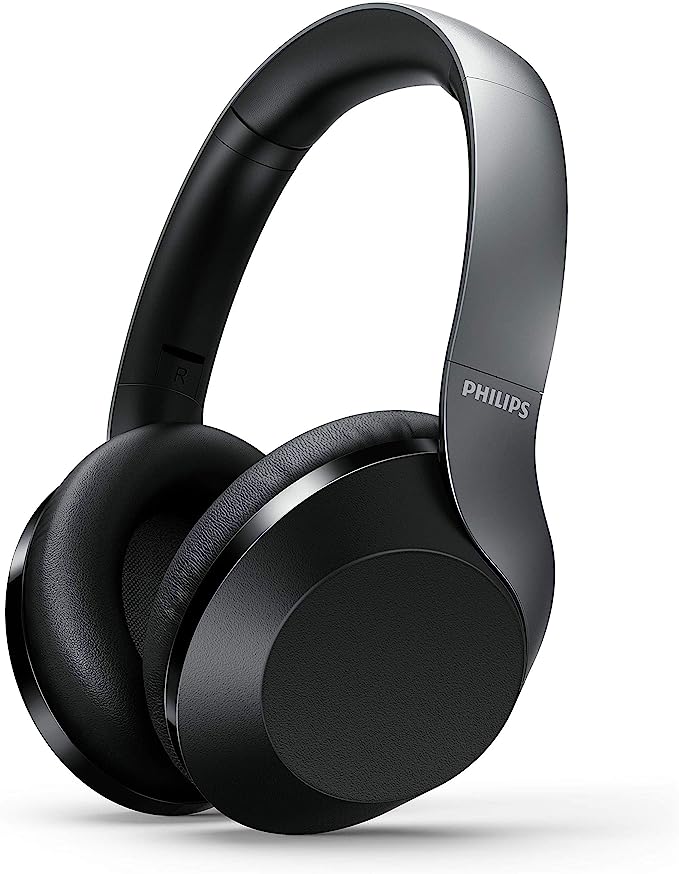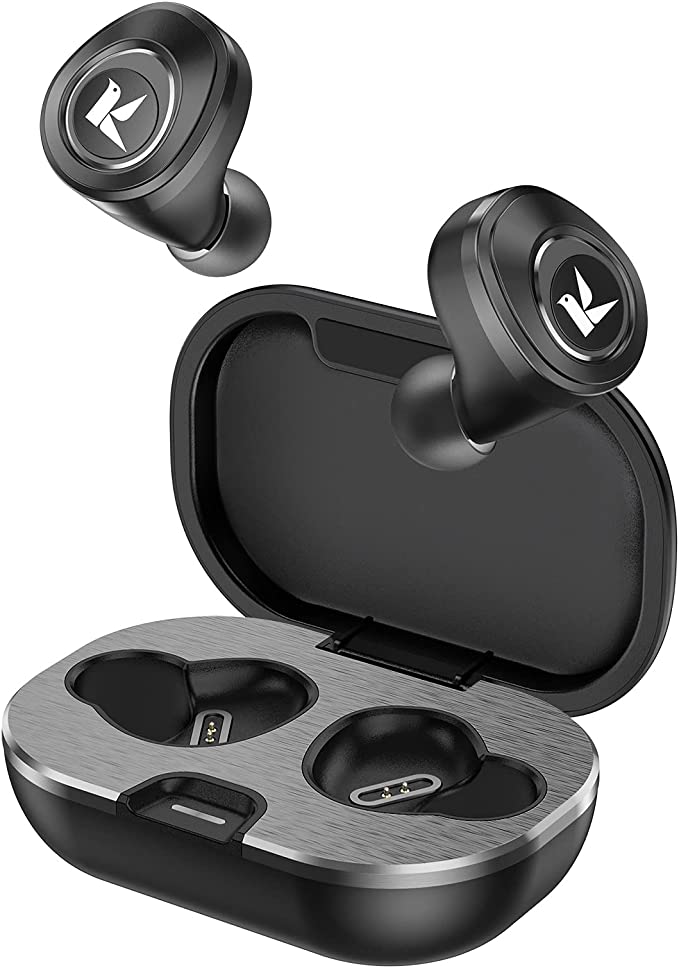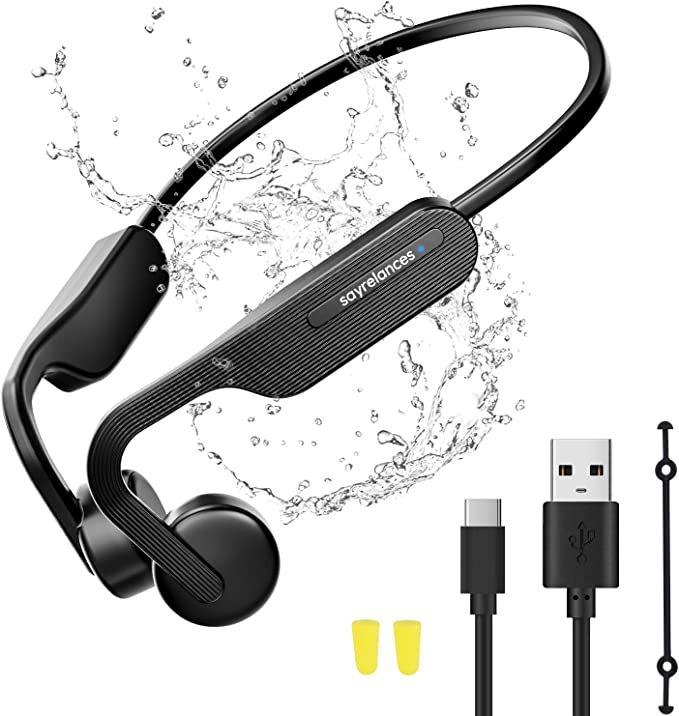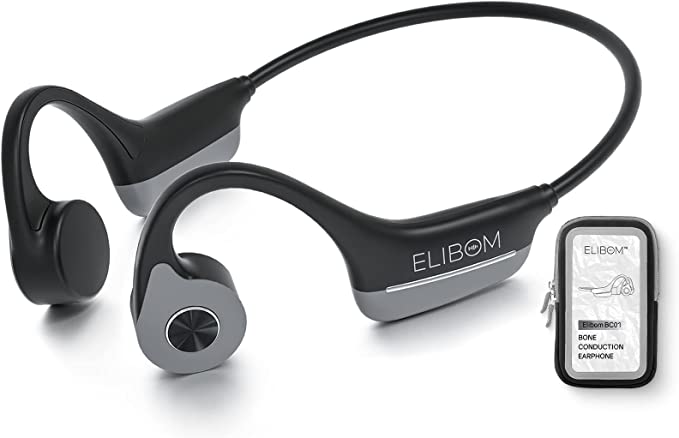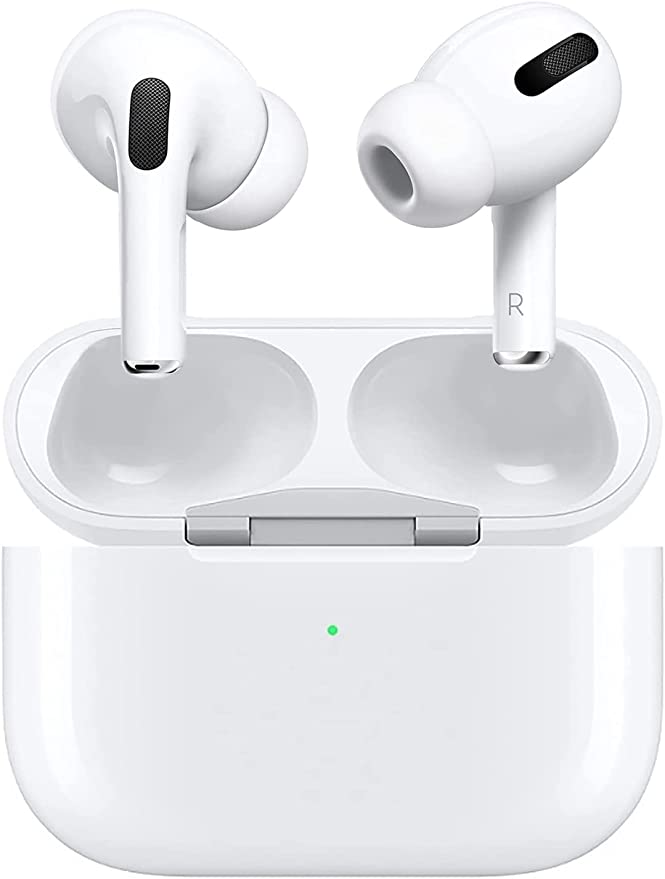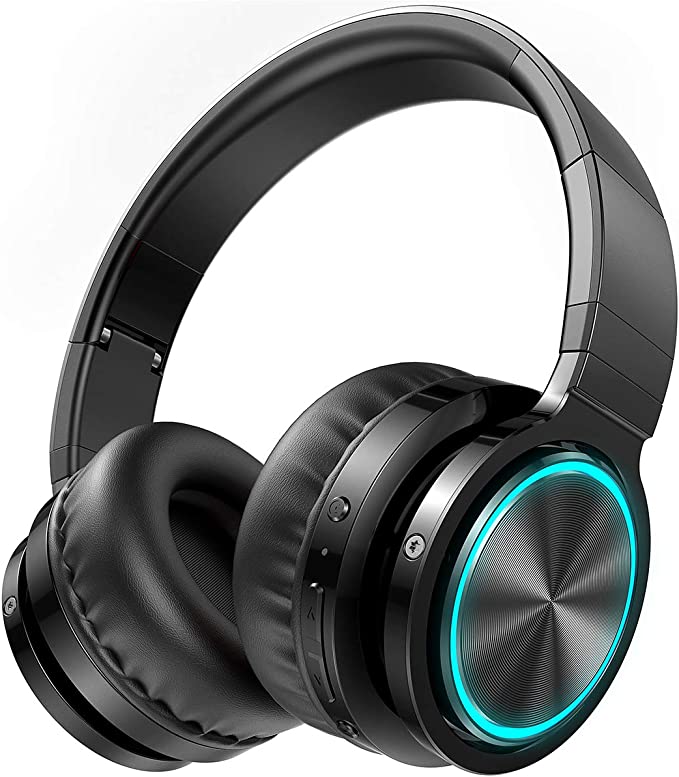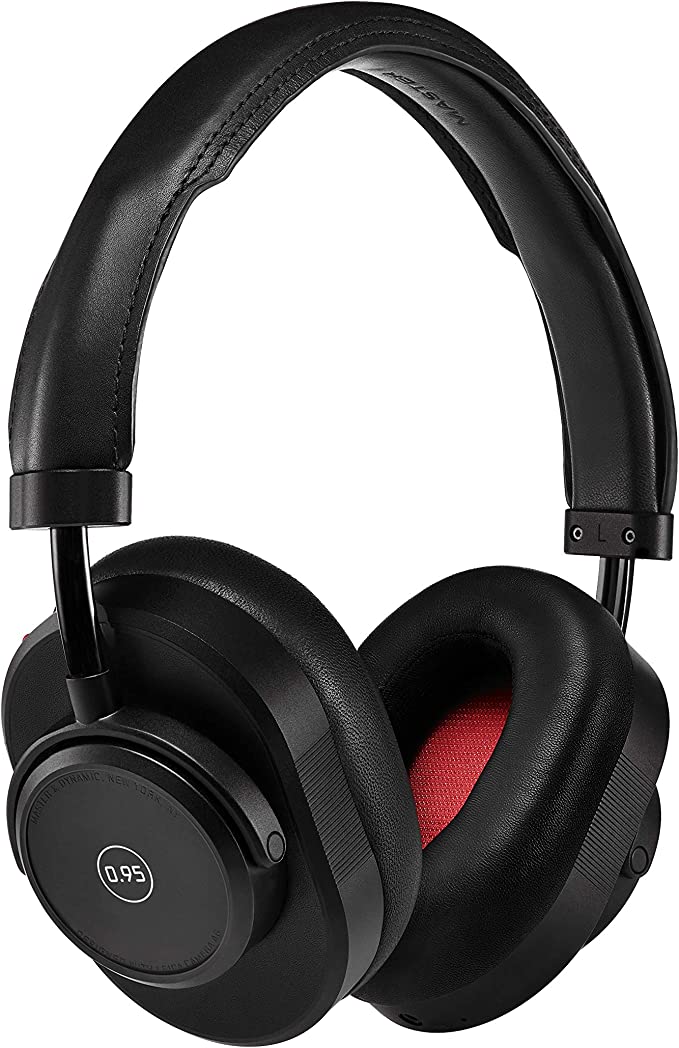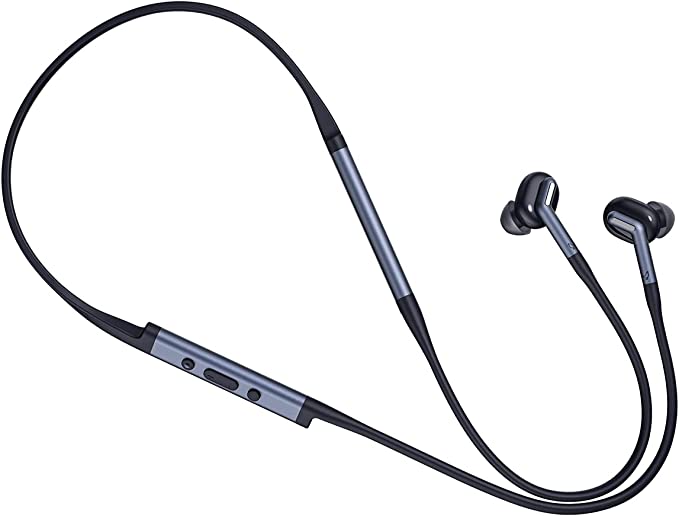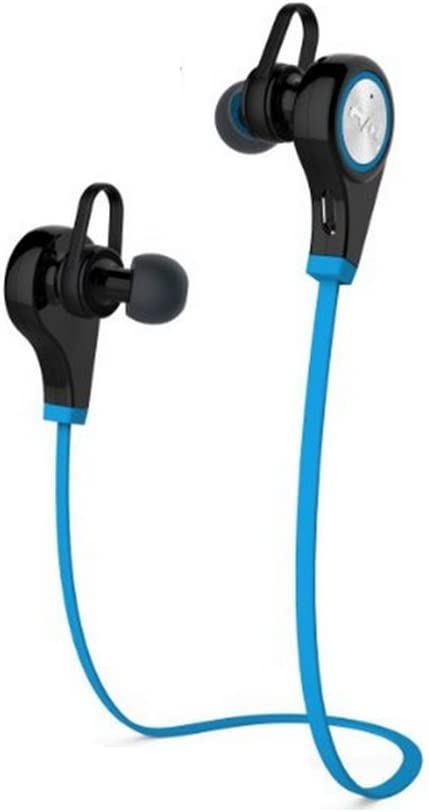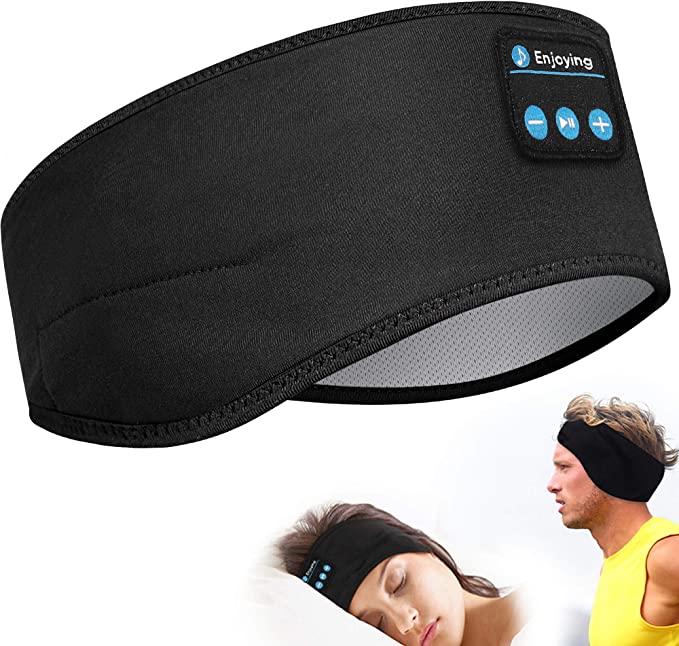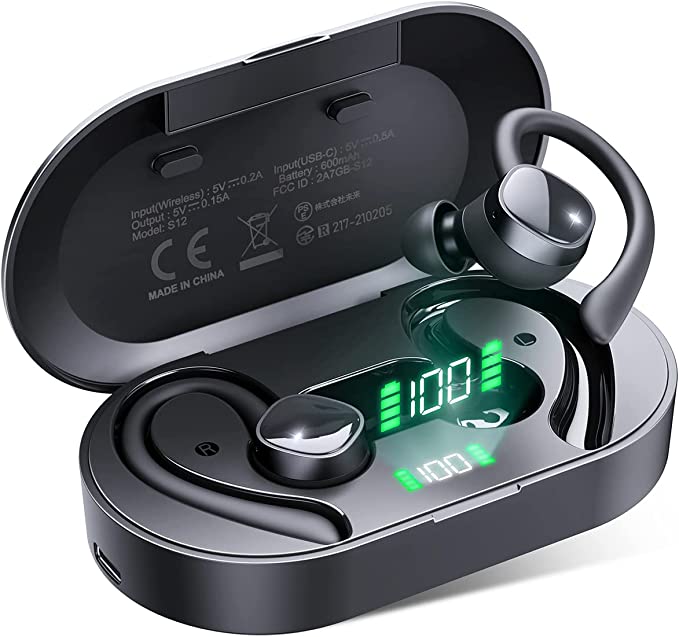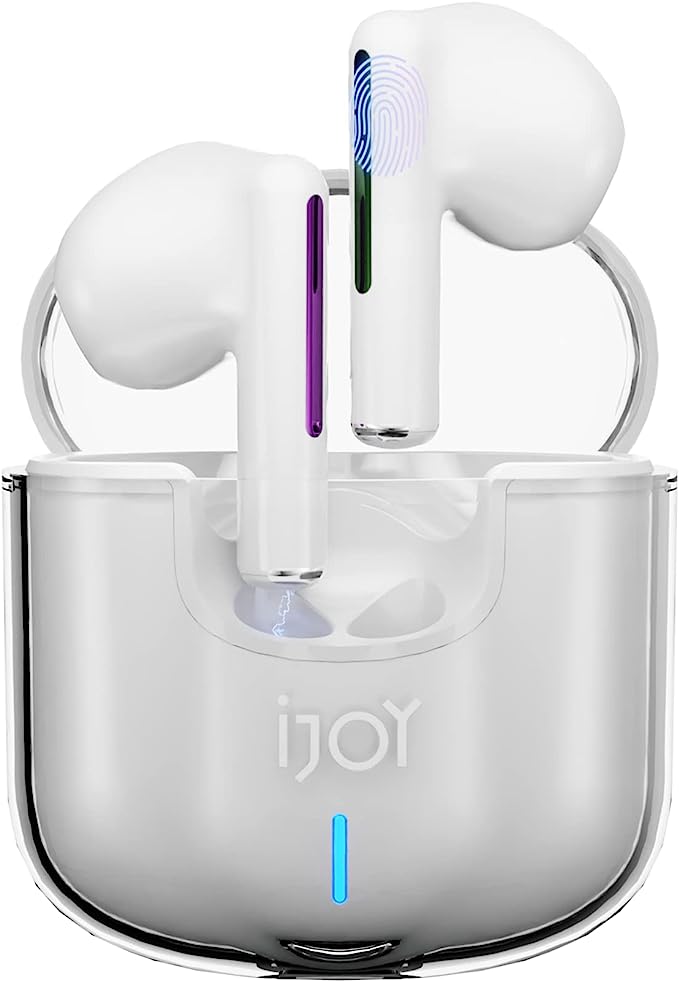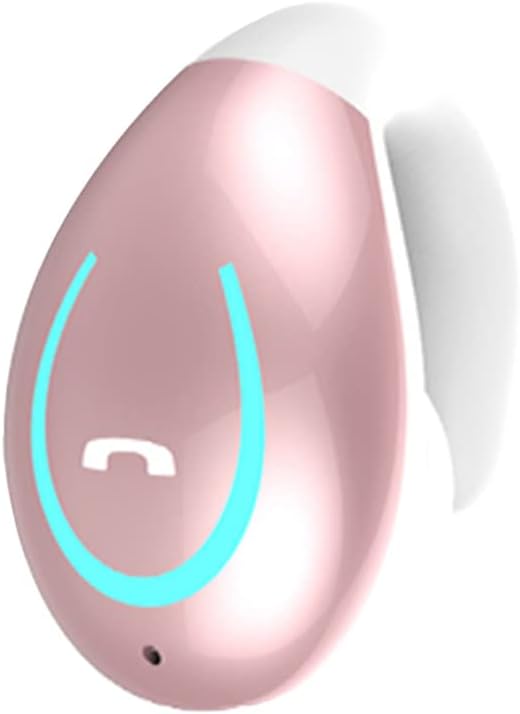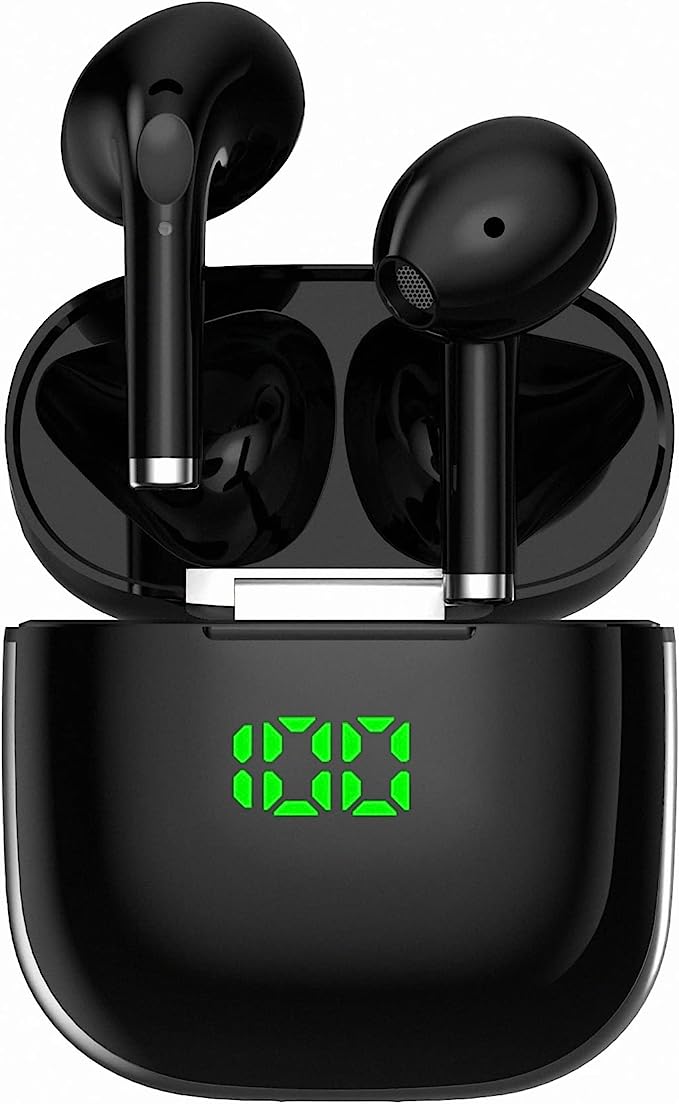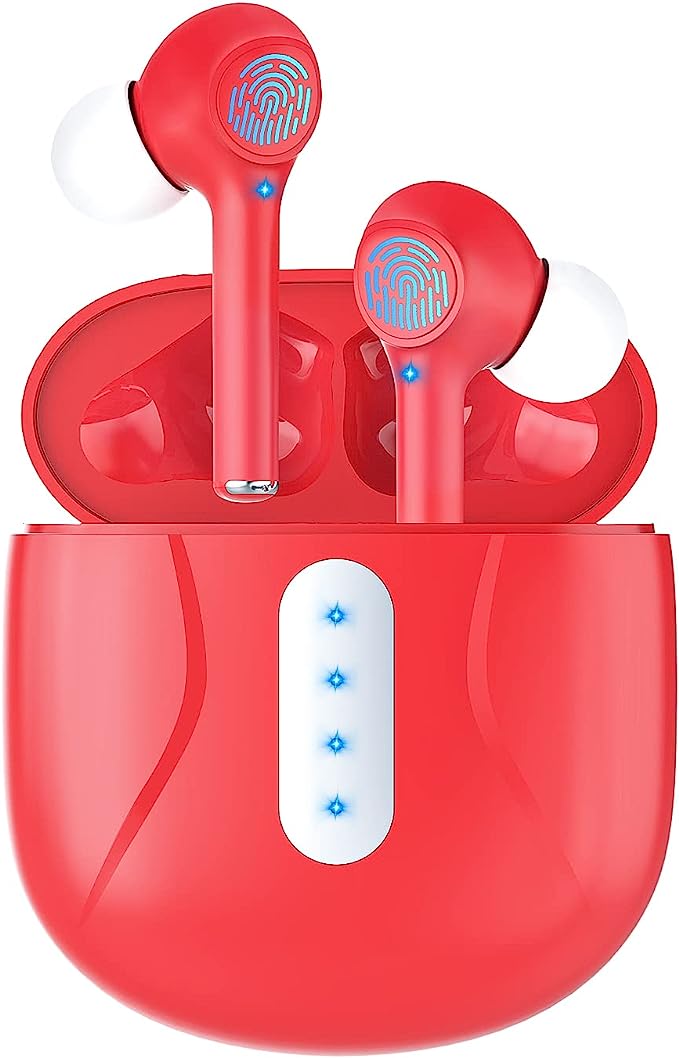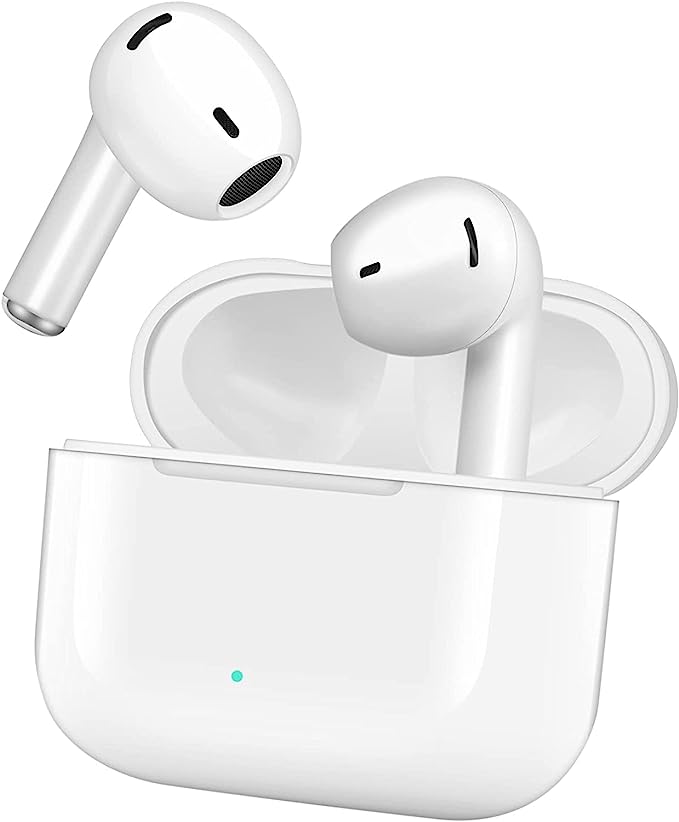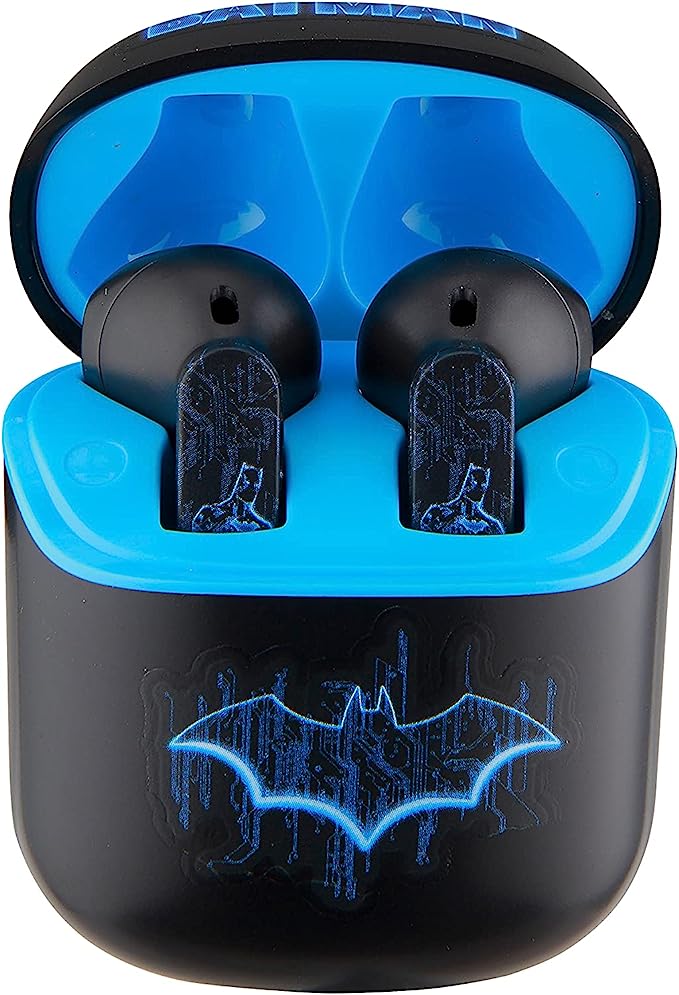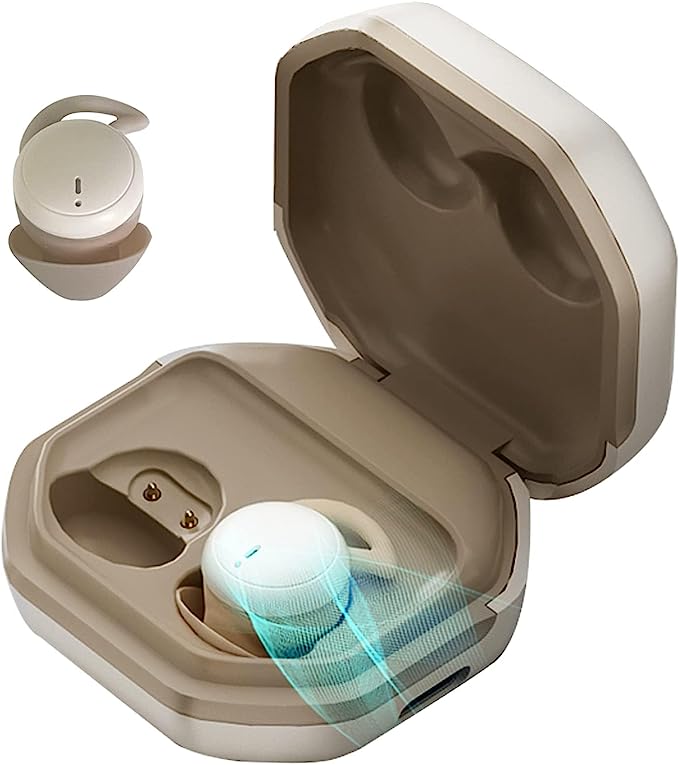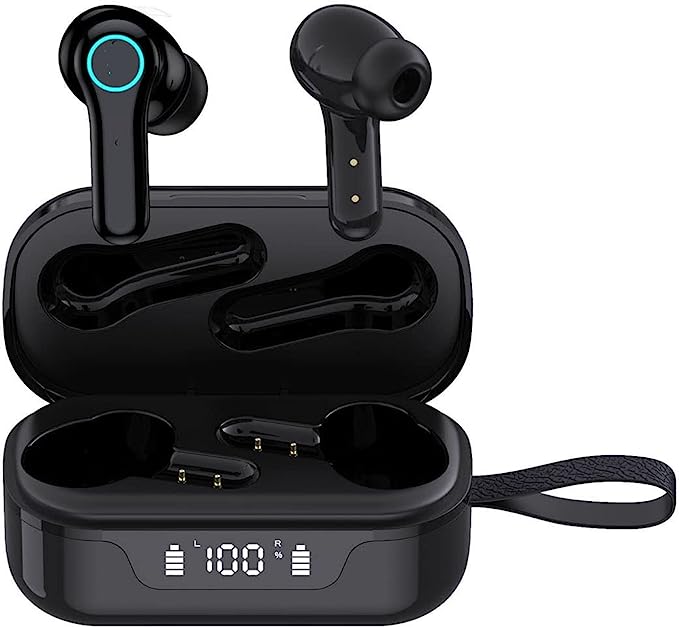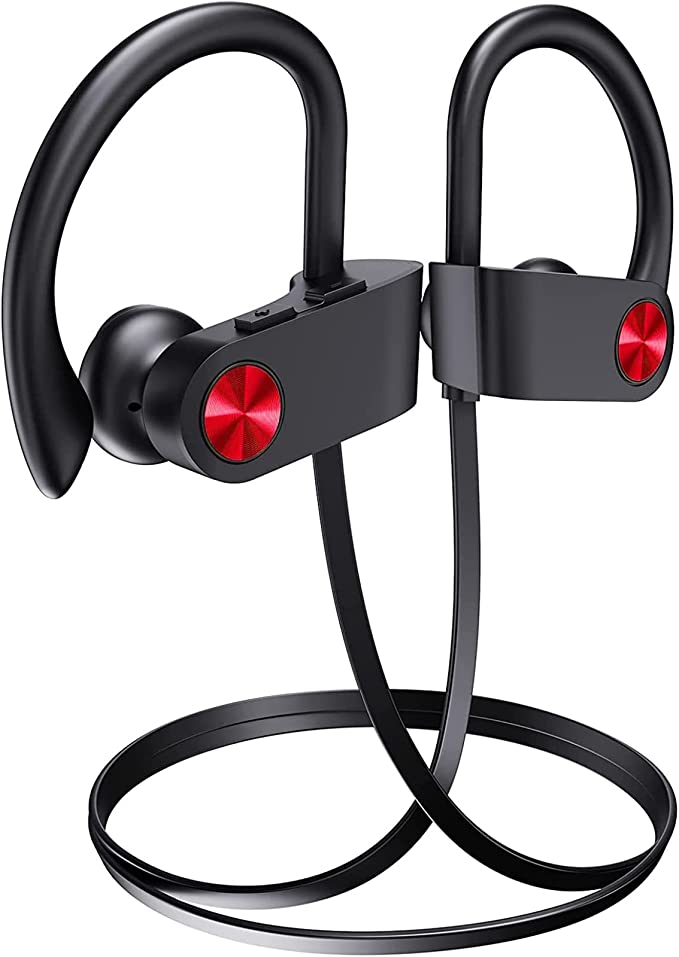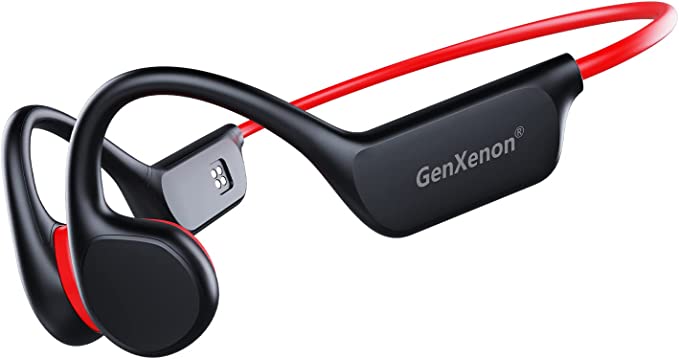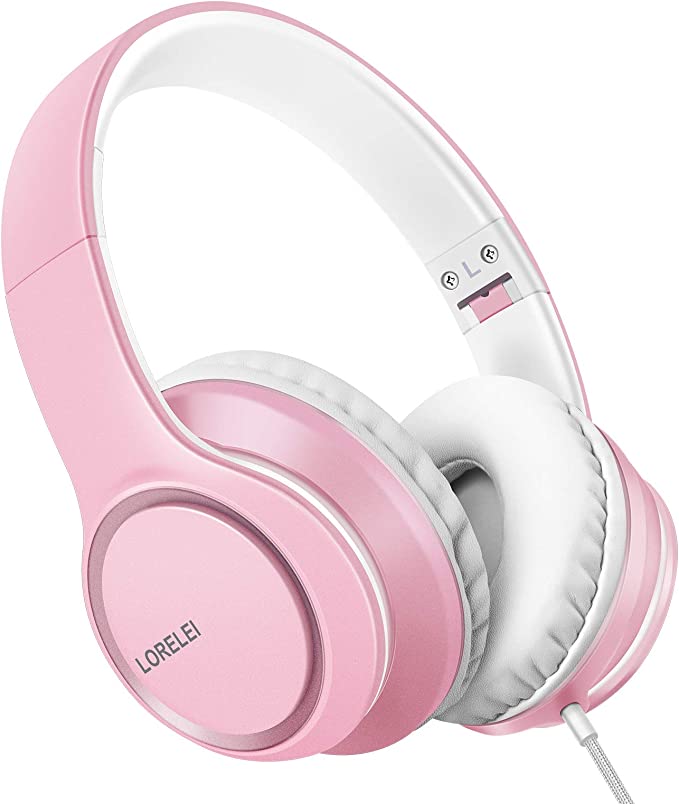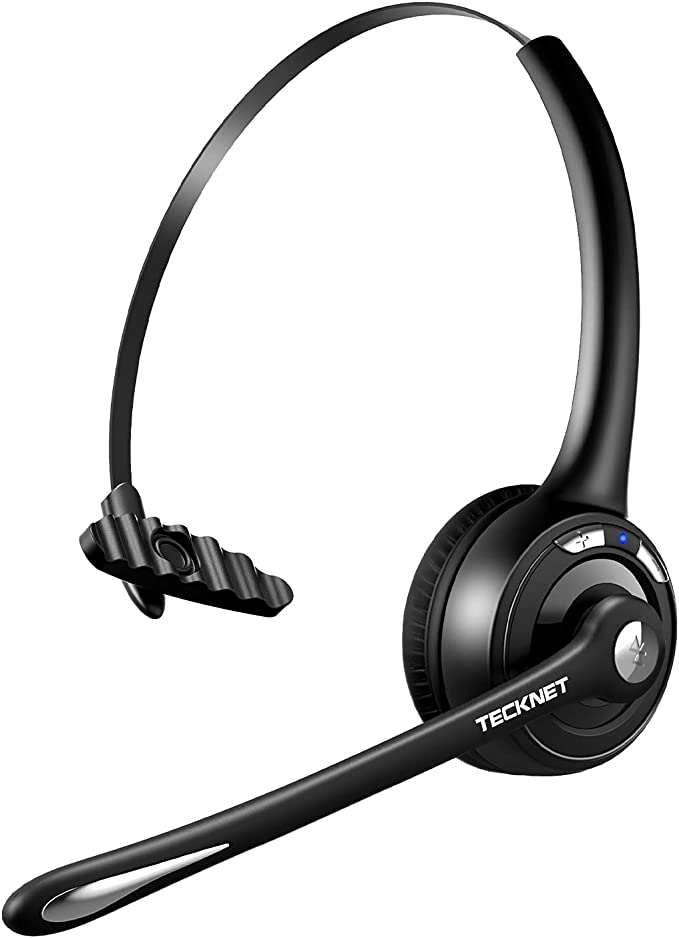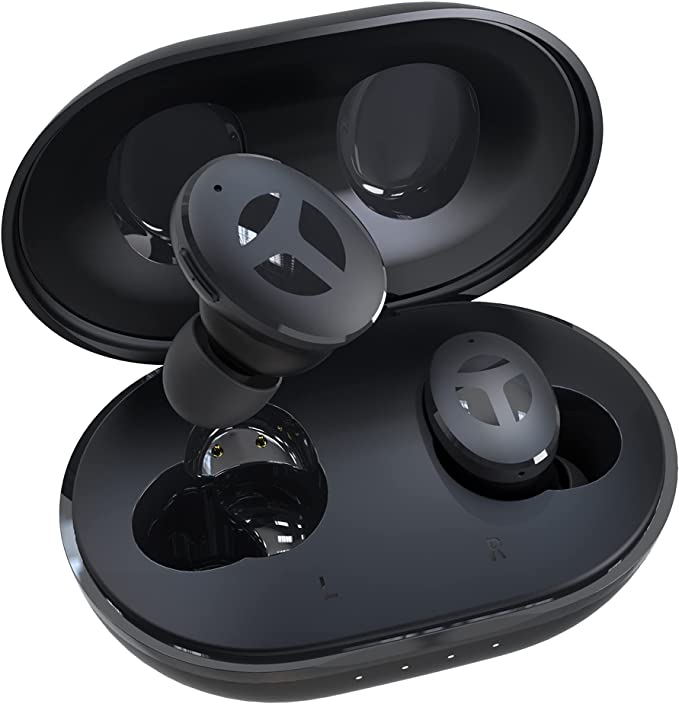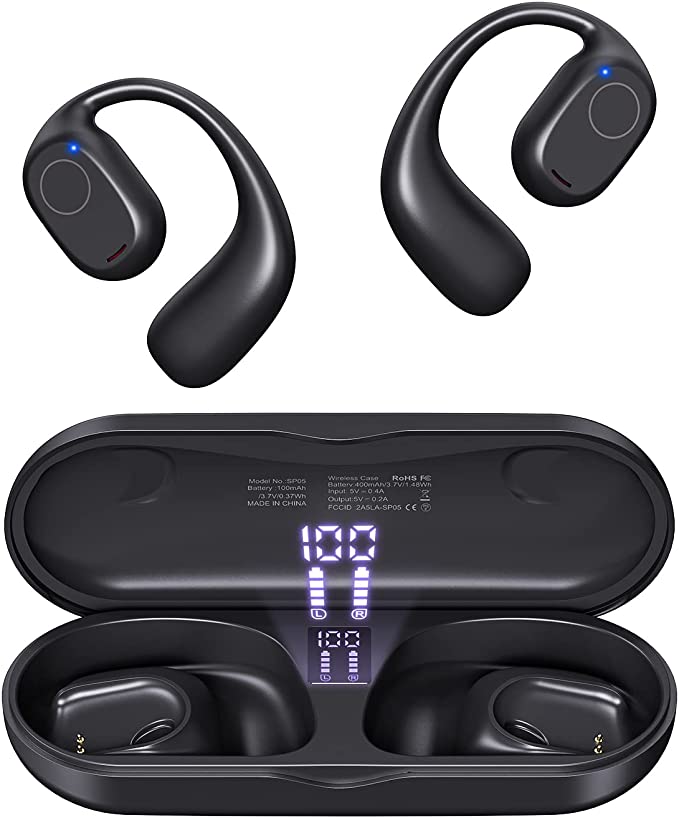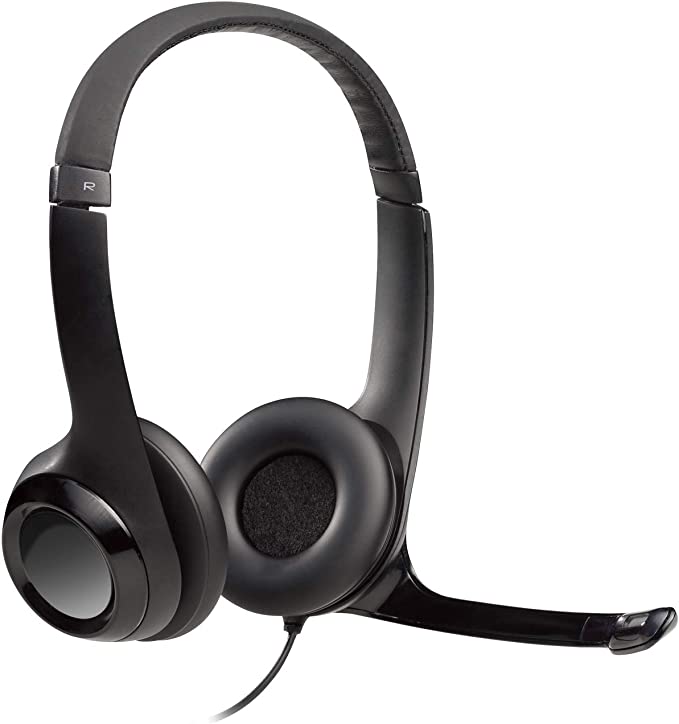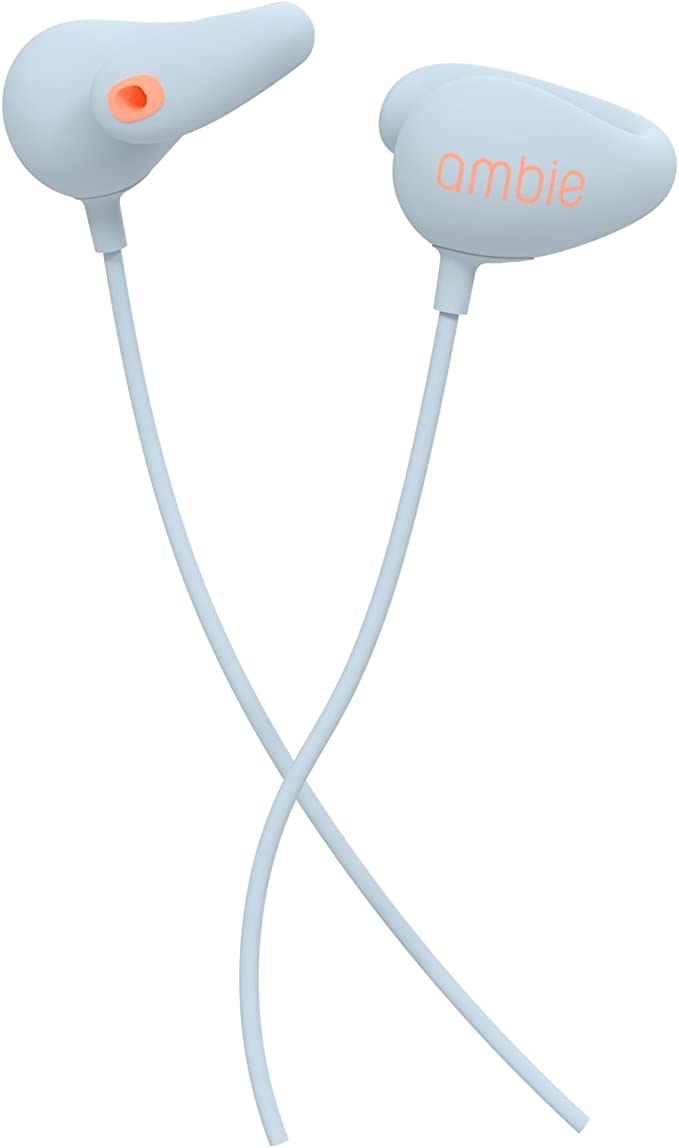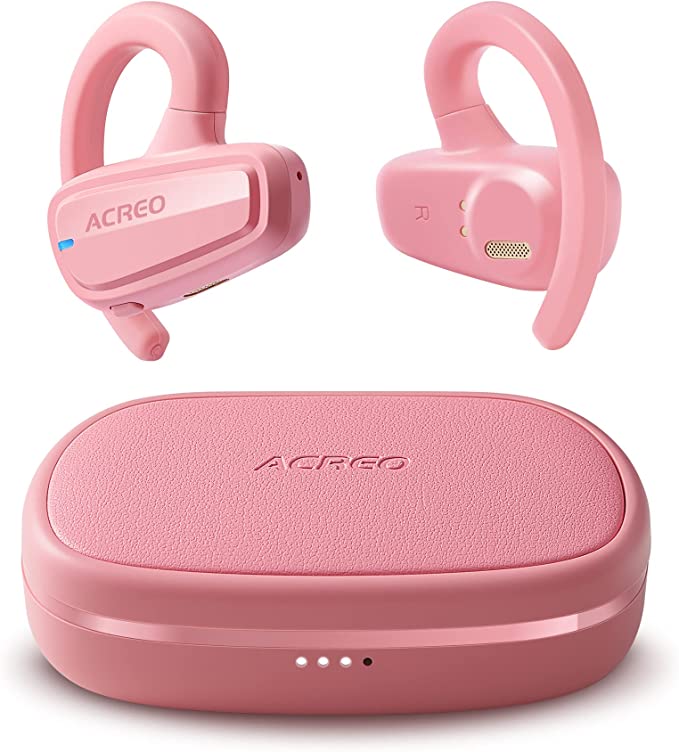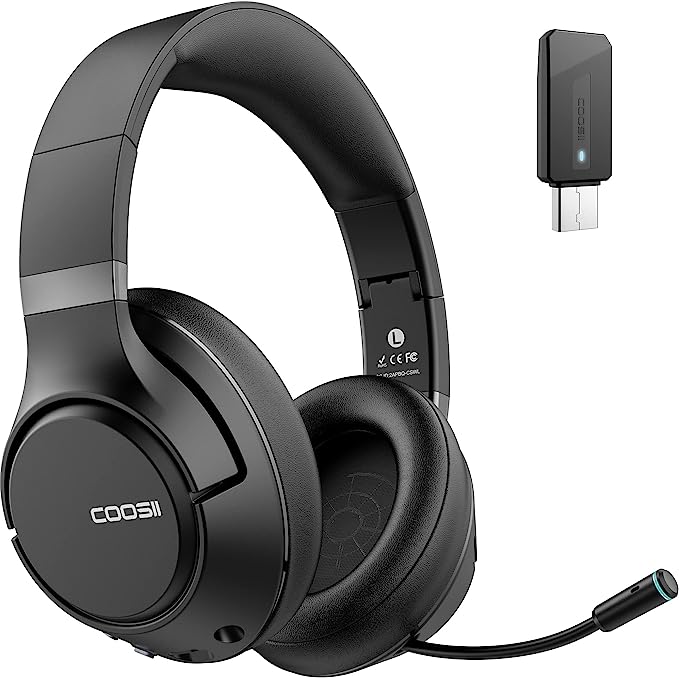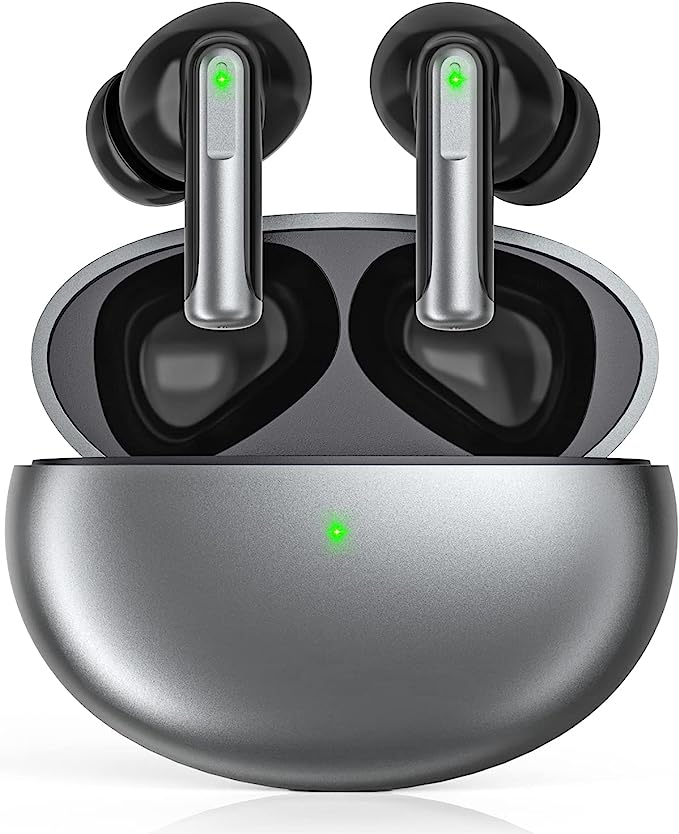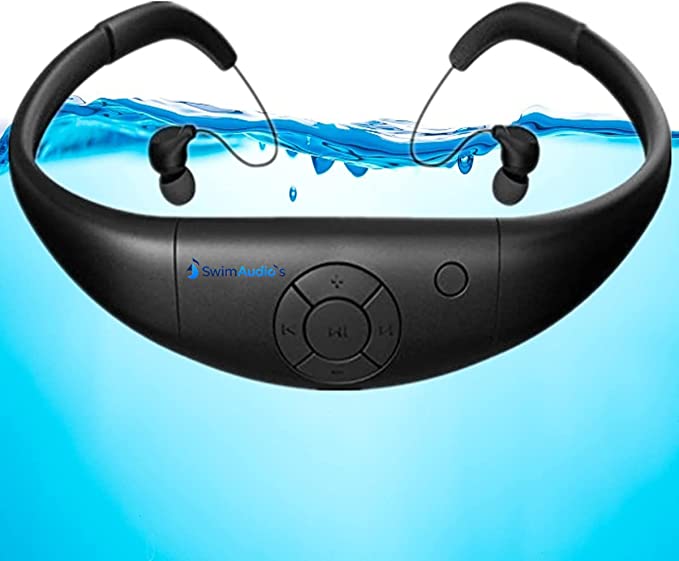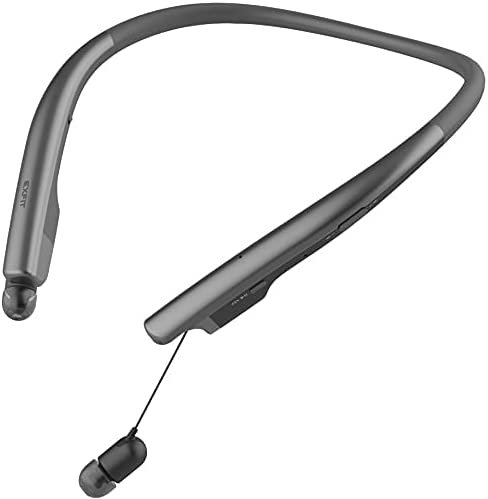Uliptz WH303A Active Noise Cancelling Headphones: Silence the World, Enjoy Your Sound
Update on March 20, 2025, 12:28 p.m.
The modern world is a symphony of sounds, but not all of them are music to our ears. From the drone of traffic on your morning commute to the clatter of keyboards in a busy office, unwanted noise is a constant presence in our lives. It can disrupt our focus, increase stress levels, and make it difficult to enjoy our favorite music or podcasts. But what if you could selectively silence the sounds you don’t want to hear, creating a personal oasis of calm wherever you go? That’s the promise of active noise-canceling (ANC) headphones, like the Uliptz WH303A.

Sound Basics: A Quick Refresher
Before we delve into the intricacies of noise cancellation, let’s revisit some fundamental concepts about sound. Sound travels in waves, much like ripples spreading across a pond. These waves have two key properties: frequency and amplitude.
- Frequency: This determines the pitch of the sound. It’s measured in Hertz (Hz), representing the number of wave cycles per second. High-frequency sounds are high-pitched (like a bird’s chirp), while low-frequency sounds are low-pitched (like a rumbling truck).
- Amplitude: This determines the loudness of the sound. It’s related to the intensity of the sound wave, and we often measure it in decibels (dB). The higher the amplitude, the louder the sound.

Quiet Achieved: Passive vs. Active Noise Cancellation
There are two main approaches to reducing unwanted noise: passive and active.
-
Passive Noise Cancellation: This is the simplest form. It relies on physical barriers to block sound waves from reaching your ears. Think of earplugs or the thick earcups of over-ear headphones. The materials used in these devices absorb or reflect sound, reducing the amount that gets through. The Uliptz WH303A’s over-ear design provides a good degree of passive noise isolation, forming a seal around your ears to block out a significant amount of ambient sound.
-
Active Noise Cancellation (ANC): This is where things get interesting. ANC doesn’t just block sound; it actively erases it using clever technology. It’s like fighting fire with fire, but instead of fire, it’s fighting sound with sound.
Active Noise Cancellation: A Deep Dive
ANC technology relies on a fundamental principle of physics: wave interference. When two sound waves meet, they can interact in different ways. If the waves are “in phase” (their peaks and troughs align), they combine to create a louder sound (constructive interference). But if they are “out of phase” (the peaks of one wave align with the troughs of the other), they can cancel each other out (destructive interference).
ANC headphones use microphones, sophisticated electronics, and speakers to create this destructive interference. There are three main types of ANC systems:
Feedforward ANC: Anticipating the Noise
In a feedforward system, the microphone is placed on the outside of the earcup. It “listens” to the ambient noise before it reaches your ear. The electronics then analyze the noise and generate an “anti-noise” signal that is 180 degrees out of phase with the incoming sound wave. This anti-noise signal is then played through the headphone speakers. When the original noise wave and the anti-noise wave meet inside your ear, they cancel each other out.
Feedback ANC: Reacting to the Noise
In a feedback system, the microphone is placed inside the earcup, close to your ear. This microphone “hears” the sound that has actually reached your ear, including any noise that has leaked past the passive isolation. The electronics then generate an anti-noise signal based on this “residual” noise. Feedback systems are generally better at canceling out lower-frequency sounds.
Hybrid ANC: The Best of Both Worlds
As the name suggests, hybrid ANC combines both feedforward and feedback systems. It uses microphones both inside and outside the earcup to provide the most comprehensive noise cancellation. This approach can effectively reduce a wider range of frequencies and adapt to different noise environments. While the specific ANC technology used in the Uliptz WH303A isn’t explicitly stated on the product page, the combination of features suggests it likely employs a sophisticated system, potentially a hybrid approach, to achieve its noise-canceling capabilities.
The Brain of the Operation: Digital Signal Processing (DSP)
The heart of any ANC system is the Digital Signal Processor (DSP). This is a specialized chip that performs complex calculations in real-time to analyze the incoming noise and generate the anti-noise signal. The DSP uses sophisticated algorithms to filter the noise, adjust the phase and amplitude of the anti-noise signal, and ensure that the cancellation is as effective as possible.
ENC: Your Voice, Loud and Clear
While ANC focuses on silencing the world around you, Environmental Noise Cancellation (ENC) focuses on making your voice heard clearly during calls. The Uliptz WH303A also includes ENC technology. This is particularly important in today’s world of remote work, online meetings, and mobile communication.
How ENC Isolates Your Voice
ENC uses a different approach than ANC. Instead of trying to cancel out all noise, it focuses on isolating your voice and suppressing background sounds.
The Magic of Microphone Arrays
ENC typically uses multiple microphones (a microphone array) to achieve this. These microphones are strategically placed on the headphones to capture sound from different directions. The DSP then uses sophisticated algorithms to analyze the signals from these microphones and determine the direction of the dominant sound source (which is usually your voice).
By comparing the signals from the different microphones, the DSP can identify and suppress sounds that are coming from other directions, such as background noise. This allows your voice to be transmitted clearly, even in noisy environments.
Uliptz WH303A: Applying the Science of Silence
The Uliptz WH303A headphones combine the principles of ANC and ENC to create a versatile audio tool for both listening and communication. Let’s look at some of its key features:

Power that lasts: Long Battery Life
The WH303A boasts an impressive 65 hours of playtime on a single charge. This is thanks to a combination of energy-efficient components and a high-capacity built-in battery, the specifics about it’s chemistry and mAh rating aren’t provided on the product information. This extended battery life is crucial for long flights, extended work sessions, or simply enjoying your music without the constant worry of recharging.
Comfort is Key: Over-Ear Design
The over-ear design of the WH303A not only provides excellent passive noise isolation but also ensures a comfortable fit, even during extended use. The earcups are described as “soft,” although the specific material (e.g., protein leather, memory foam) isn’t detailed in the provided information. A plush, breathable material is crucial for preventing discomfort and sweating during long listening sessions. The adjustable headband also contributes to a secure and personalized fit, accommodating different head sizes.

Sound that surrounds: Immersive Audio
While noise cancellation is a primary feature, the Uliptz WH303A also aims to deliver high-quality audio. The headphones are described as having “Hi-Fi Stereo Sound with Deep Bass.” However, crucial details like the driver size (e.g., 40mm), driver type (e.g., dynamic, planar magnetic), and frequency response (e.g., 20Hz-20kHz) are absent from the provided information. These specifications would provide a more objective measure of the headphones’ sound quality. “Hi-Fi” (High Fidelity) implies accurate and detailed sound reproduction, and “Deep Bass” suggests a focus on the lower frequencies, which are essential for genres like electronic music and hip-hop.
Wired or Wireless: Your Choice
The WH303A offers both Bluetooth and wired connectivity. Bluetooth provides the convenience of wireless listening, allowing you to move freely without being tethered to your device. The specific Bluetooth version (e.g., 5.0, 5.2) and supported codecs (e.g., SBC, AAC, aptX) are not mentioned, which would provide insights into the connection stability, range, and audio quality over Bluetooth. The wired option provides a backup for situations where Bluetooth is not available or when battery life is a concern. A wired connection can sometimes offer slightly better sound quality, as it bypasses the digital compression inherent in Bluetooth transmission.
Silence in Action: Real-World Uses
The combination of ANC and ENC makes the Uliptz WH303A a versatile tool for a variety of situations:
- Commuting: Block out the rumble of trains, the roar of buses, and the chatter of fellow passengers, transforming your daily commute into a peaceful oasis.
- Working: Create a focused work environment, whether you’re in a busy office, a crowded café, or working from home with distractions.
- Studying: Enhance concentration and improve learning by eliminating distracting noises.
- Traveling: Enjoy a more relaxing and comfortable journey, whether you’re on a plane, train, or bus. ANC is particularly effective at reducing the low-frequency drone of airplane engines.
- Relaxing Create a personal space where you can scape from noises.
- Gaming Enhance the game audio and be more inmersive.
- Online Meetings: ENC ensures your voice is heard clearly during online meetings and calls, even in noisy environments.
The Limits of Silence: What ANC Can’t Do
It’s important to have realistic expectations about ANC technology. While it’s remarkably effective at reducing certain types of noise, it’s not a magic bullet that silences everything.
- High-Frequency Sounds: ANC is generally less effective at canceling out high-frequency sounds, such as sharp, sudden noises (e.g., a baby crying, a car horn). This is because high-frequency sound waves have shorter wavelengths, making them more difficult to cancel out.
- Irregular Sounds: ANC works best with consistent, predictable noises (e.g., the hum of an airplane engine). It struggles with irregular, unpredictable sounds (e.g., speech). While it can reduce the overall volume of speech, it won’t completely eliminate it.
- Complete Silence: ANC doesn’t create complete silence. It significantly reduces noise levels, but you may still hear some faint sounds, especially in very quiet environments.

The Future of Quiet: Where Do We Go From Here?
Noise cancellation technology is constantly evolving. Researchers and engineers are working on several advancements:
- Improved Algorithms: More sophisticated DSP algorithms are being developed to improve the effectiveness of ANC, particularly in handling complex and unpredictable noises.
- Adaptive ANC: This technology uses AI and machine learning to automatically adjust the level of noise cancellation based on the surrounding environment.
- Personalized ANC: Future headphones may be able to tailor the noise cancellation to the individual user’s hearing profile and preferences.
- Miniaturization: ANC technology is becoming smaller and more energy-efficient, allowing it to be integrated into smaller and more discreet devices.
- Beyond Headphones: ANC is finding applications beyond headphones, such as in cars, offices, and even homes, to create quieter and more comfortable environments.
The Uliptz WH303A represents a significant step forward in making effective noise cancellation technology accessible to a wider audience. By combining ANC, ENC, long battery life, and a comfortable design, these headphones offer a compelling solution for anyone seeking a quieter and more immersive audio experience. As technology continues to advance, we can expect even more sophisticated and effective noise cancellation solutions in the future, further blurring the lines between the noisy world around us and the peaceful world within our ears.

